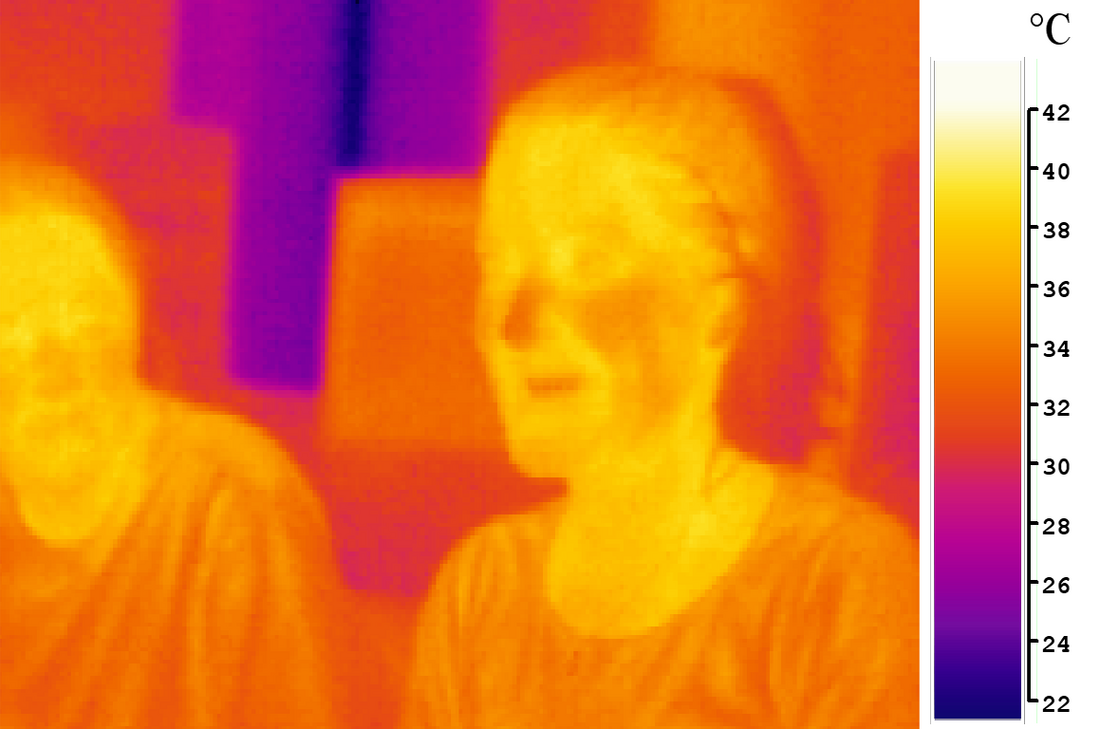Infrared
electromagnetic radiation with longer wavelengths than those of visible light From Wikipedia, the free encyclopedia
Remove ads
Infrared (IR) radiation is a type of electromagnetic radiation (a wave with electricity). The wave is longer than light which humans can see and shorter than microwaves. The word infrared means below red. It comes from the Latin word infra (meaning below) and the English word red. (Infrared light has a frequency below the frequency of red light). Red light has the longest wavelength that human eyes can see. Infrared waves cannot be seen by the eye.

Near-infrared waves are between 800 nm and 1.4 µm. Most infrared from the Sun is near-infrared. Thermal imaging is mostly done with thermal radiation waves between 8 and 15 µm.
People sense infrared as heat.
Most remote controls use infrared to send the control signals. Many missiles for anti-aircraft warfare find their target by infrared.
Remove ads
Telecommunications
Before Bluetooth was invented, some computers, personal digital assistants, and cell phones used infrared technology to send files to other devices. Bluetooth replaced infrared in the early 2000s. Infrared is limited by the need to have both devices in a "line of sight" with each other.[1]
Infrared lasers are used to provide the light for optical fiber communications systems. Infrared light with a wavelength around 1,330 nm (least dispersion) or 1,550 nm (best transmission) are the best choices for standard silica fibers.
Remove ads
Related pages
References
Wikiwand - on
Seamless Wikipedia browsing. On steroids.
Remove ads
